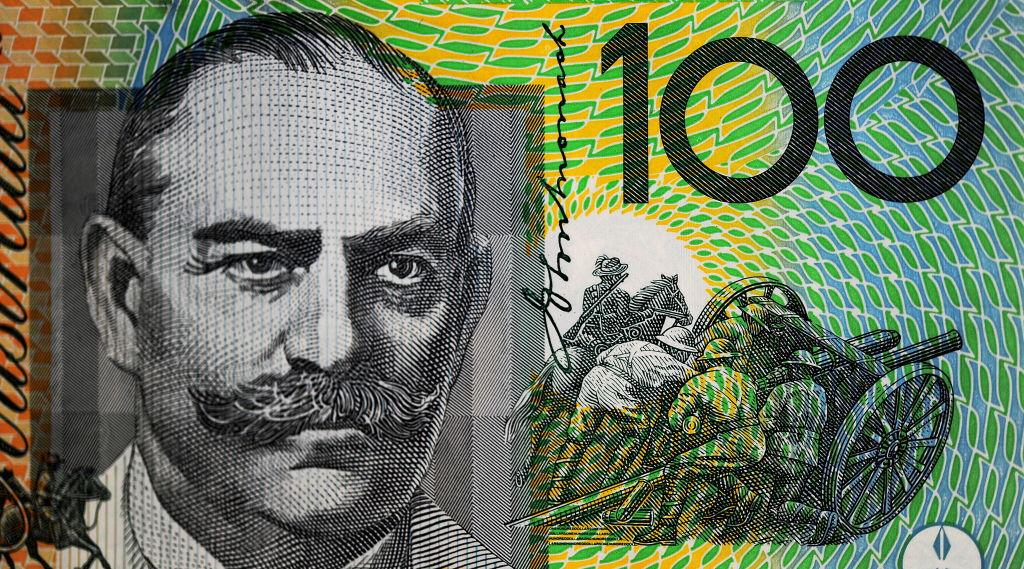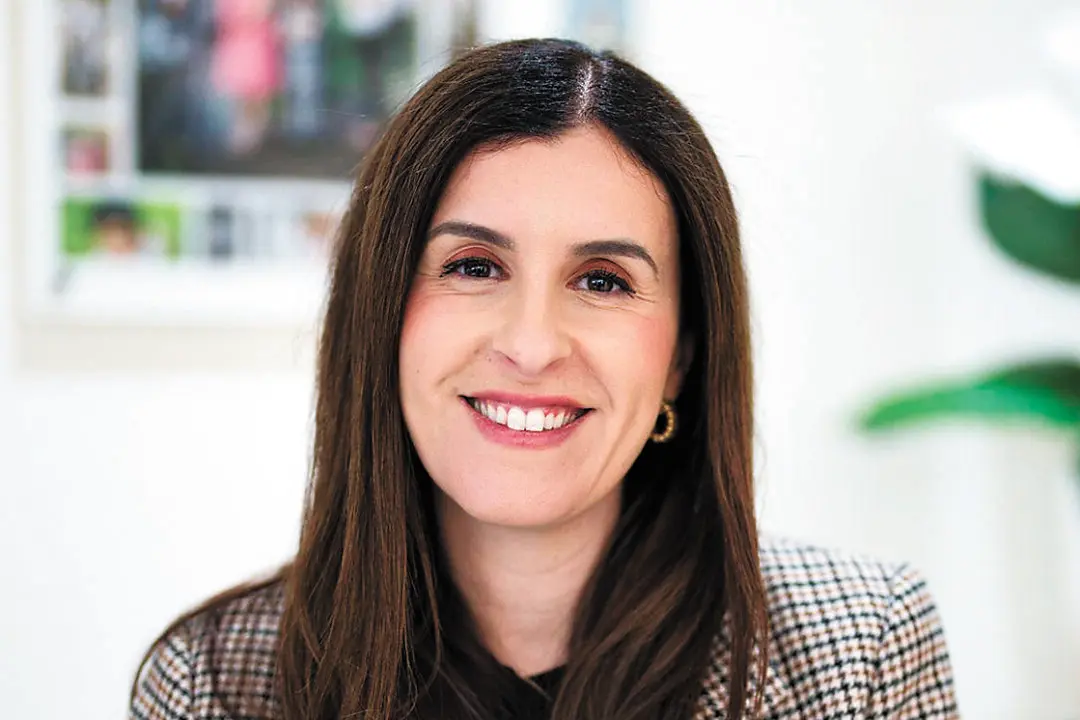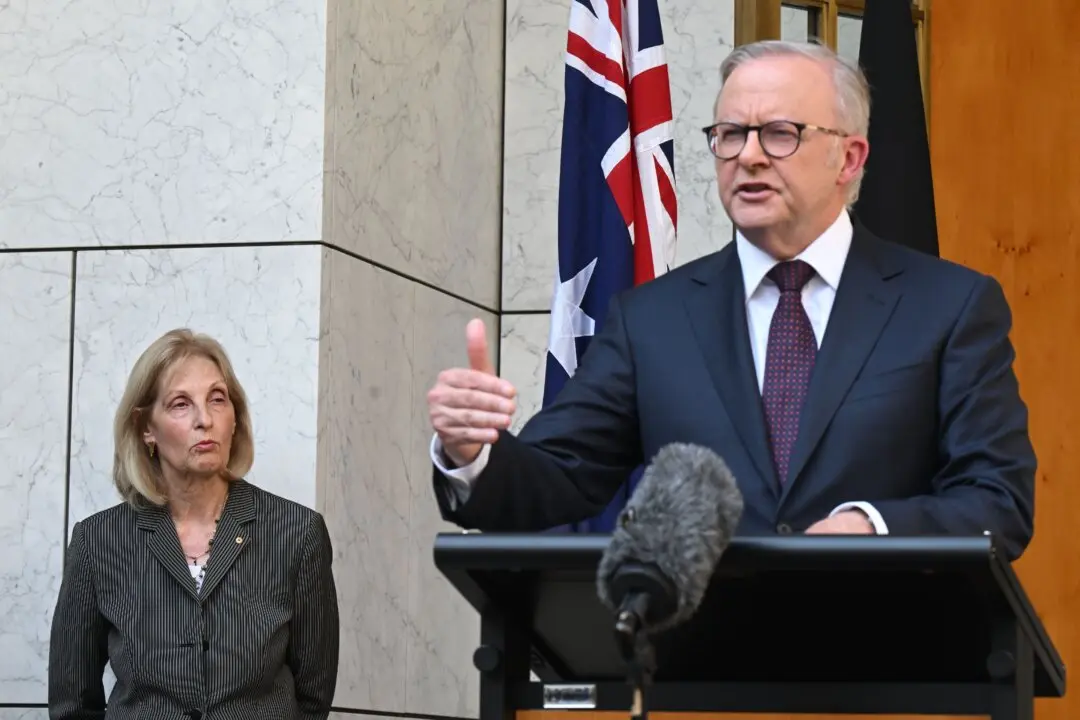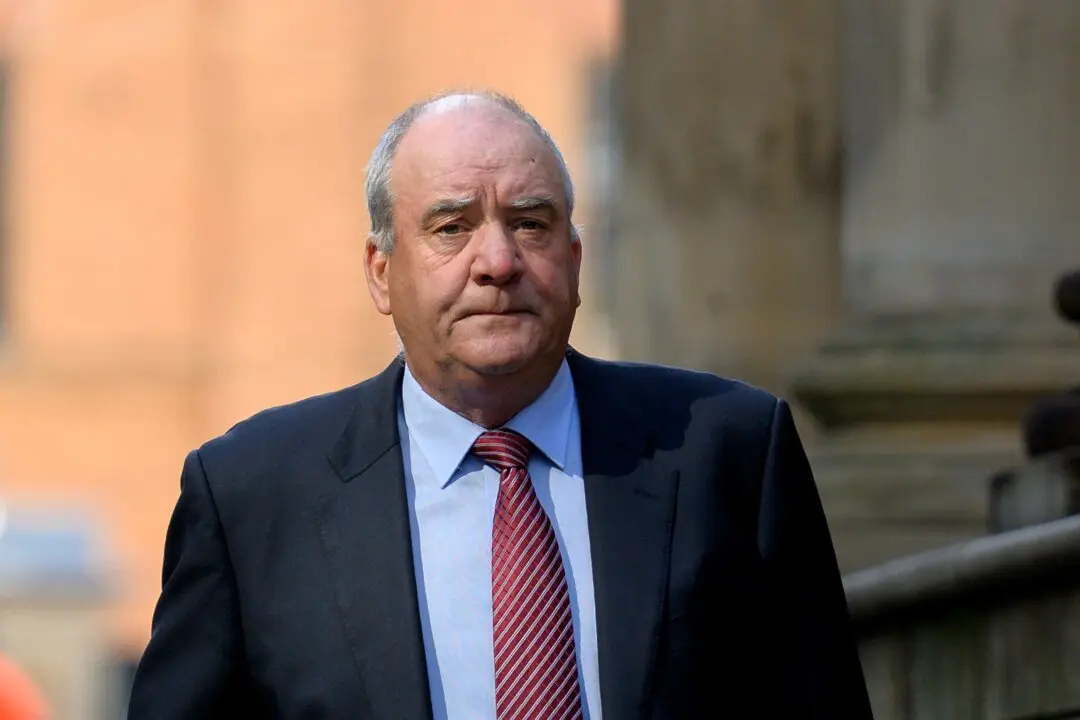Despite the Mid-Year Economic and Fiscal Outlook (MYEFO) reporting a $1.1 billion deficit, a strong labour market and rising commodity prices mean the eventual result will likely be a second surplus for the Albanese Labor government.
Commonwealth Bank expects the eventual result will be close to a $20 billion surplus, almost matching the $22.1 billion surplus banks, almost matching the $22.1 billion recorded for the previous financial year.





